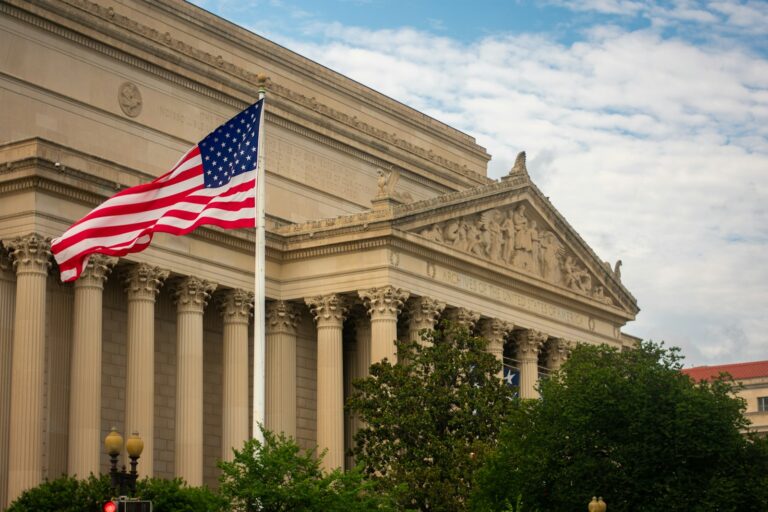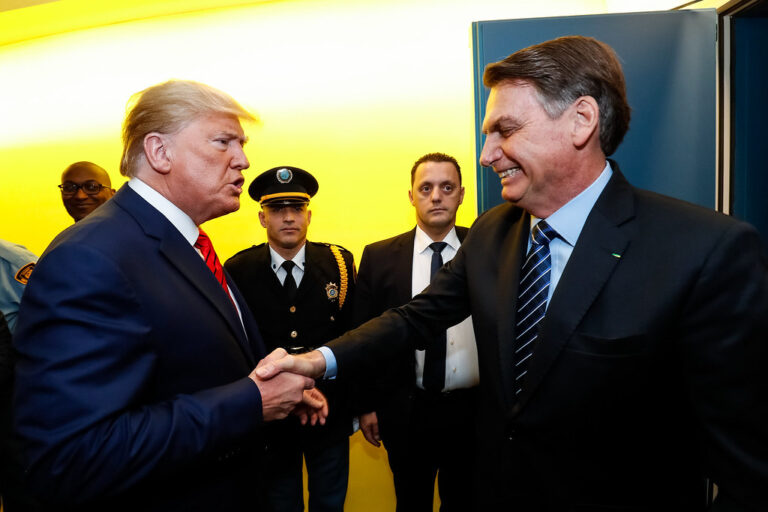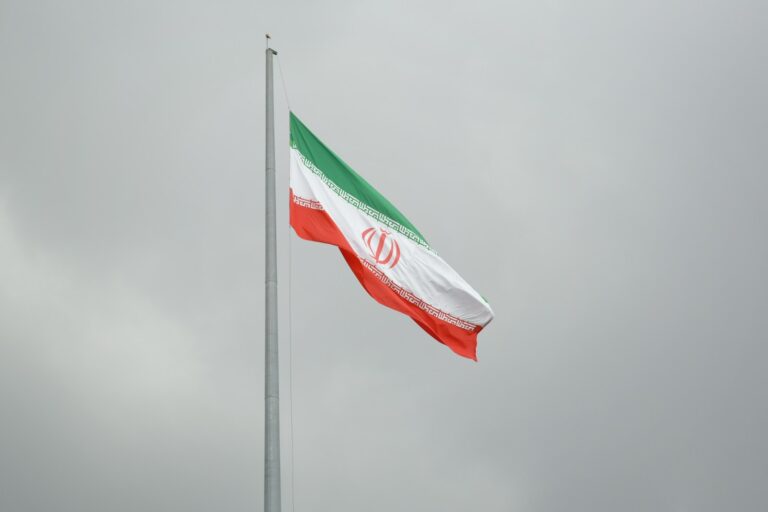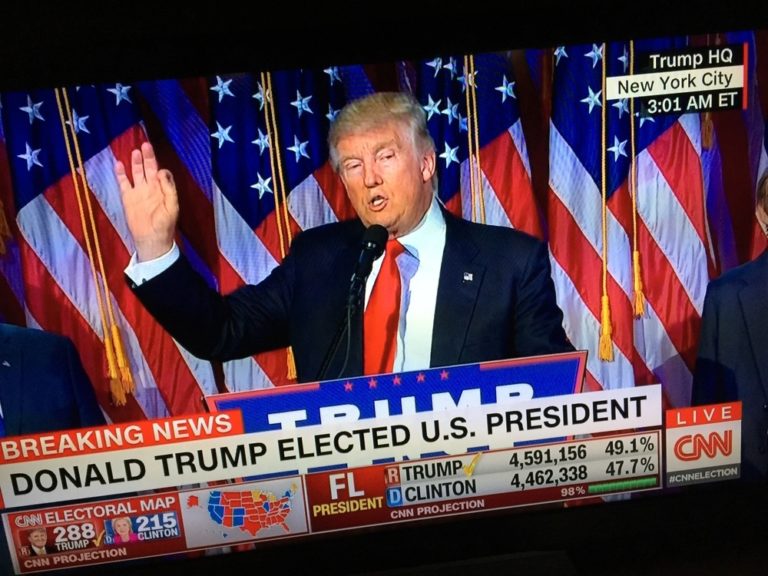Key Takeaways
- President Trump grows intensely preoccupied with Iran scandal fallout according to insider accounts.
- Administration insists bombing achieved total success despite controversial leaks and minimal intelligence reports.
- Trump erupts angrily against journalists questioning evidence of Iran’s nuclear damage.
- Public focus shifts from NATO summit victories to Trump’s Iran messaging blitz.
- Critics claim Trump appears spooked while supporters see outrage over alleged lies.
- Tactics include fierce repetitions, surrogates, and attacking journalists reporting leaks.
- Former Trump advisor warns premature argument harms credibility amid ongoing assessments.
(Digital Chew) — Fresh debate surrounds President Trump’s frenetic public focus regarding Iran’s military capacity following recent bombings. Observers report unusually high fixation levels consuming his attention recently. This perception emerges amidst fierce disputes over key intelligence findings.
According to prominent conservative voices, leaked information deeply unsettled the president. This leak undermined administration reports about Iran’s nuclear potential destruction. Administration members staunchly maintain last weekend’s mission succeeded decisively.
Independent assessments challenge this victorious stance however. Official sources confirm only one intelligence agency completed formal impact estimates so far. The conflicting report caused significant friction immediately.
Trump’s Fury Surfaces Publicly
The president reacted strongly when reporters requested bombing success proof. He attacked journalists directly during key international appearances last Wednesday.
Speaking at a major NATO summit gathering, Trump singled out leading news organizations angrily. He accused reporters of deliberate smear campaigns against him personally. He further claimed they dishonored American troops protecting national security.
Such intense outbursts occur regularly from the administration observers note. Yet officials privately acknowledge this instance feels remarkably different today. The sheer scale provides compelling evidence they suggest.
Unprecedented Intensity Alarms Analysts
The president engaged in extraordinary activity highlighting his Iran claims throughout Wednesday. Published records demonstrate relentless social media activity emphasizing mission accomplishments repeatedly.
Experts note NATO summits traditionally offer presidents substantial political spotlight moments. Leaders usually celebrate major alliance achievements effortlessly. Outside defense spending boosts should generate positive headlines naturally.
This time contained strikingly little celebration behavior. Instead Trump reiterated Iran strike claims obsessively during public showcases. Commentary hints at strategic deflection from brewing controversies elsewhere.
Spooked or Sincere? Battle Narratives Emerge
Divergent interpretations drive fierce arguments concerning Trump’s motivations publicly. Skeptics theorize leaked details visibly rattled the commander in chief substantially recently.
They believe weakened presidential authority fosters compulsive public messaging amplifications. Alternative explanations paint Trump reacting passionately against perceived false journalism widespread today.
Political backers insist media outlets disseminate dangerously inaccurate claims routinely. Therefore Trump acts logically demanding truth restoration urgently they argue. Both factions witness multi pronged aggressive responses unfolding rapidly.
Coordinated Pushback Strategy Deployed
Administration operatives employ synchronized communications reinforcing Trump’s core narrative every day. Officials describe operations emphatically with violent terminology consistently.
Key government spokespersons augment presidential pronouncements effectively. Important cabinet members echo identical talking points internationally carefully. Simultaneous intelligence statements contradict troubling earlier disclosures repeatedly.
Journalists involved face blistering criticism openly meanwhile. Retaliation features prominently within executive branch rhetoric lately.
Internal Warning Signals Mount Fast
Premature victory declarations produce serious strategic drawbacks critics maintain bluntly. Comprehensive bomb damage analyses remain inconclusive currently.
Public disputes obscure solid intelligence recovery opportunities they caution. One former White House advisor condemned escalating combative declarations fiercely Thursday.
Broadcasting premature certainty before conclusive evidence arrives complicates future credibility she insisted. Persisting arguments worsen confusion nationally while investigation crews continue working tirelessly globally.
Broader Implications Emerge Slowly
Debate intensifies regarding presidential conduct amidst geopolitical flashpoints significantly. Heavy engagement shifts focus from broader international leadership duties potentially.
Experts question possible declines among valuable alliance relationships long term. Allies sense turbulent instability emanating from American power centers visibly.
Voters absorb conflicting information streams increasingly exhausted daily. Clear communication breakdowns signal fundamental governance challenges nervously.
Persistent fixation warrants deeper scrutiny nevertheless. Psychological effects inspire medical practitioner theories quietly. Results shall unfold soon regardless.
Relentless credibility defenses demand substantial executive energy expenditure always. This restricts policymaking bandwidth considerably many note.
Ongoing revelations ensure mounting congressional investigations inevitably. Legislative leaders demand fuller accountability explanations promptly.
Foreign policy specialists stress avoiding Iran conflict escalation remains paramount absolutely. Provocations threaten severe humanitarian consequences regionally.
Global Reaction Patterns Strengthen
International allies observe bubbling conflicts warily. Partners note profound presidential preoccupations replacing pragmatic coalition building conversations sadly. America projects distraction diplomacy signals abroad forcefully.
Competitor nations exploit perceived vulnerability openings predictably. Security analysts monitor evolving adversary maneuvers cautiously today. Market volatility illustrates deepening global anxiety continually.
Public apprehension spikes domestically amid rising nuclear tension fears naturally. Citizens request clearer safety assurances proactively.
(Word Count: 1,038)










